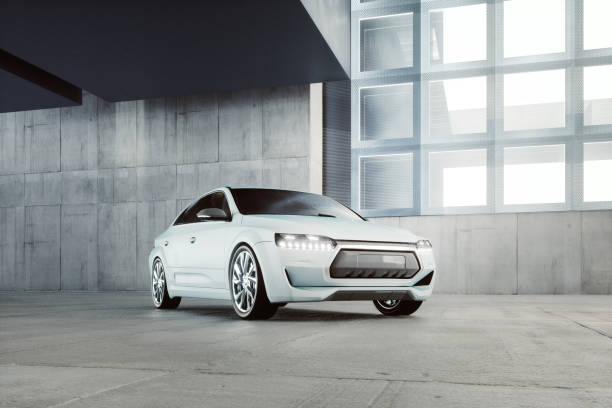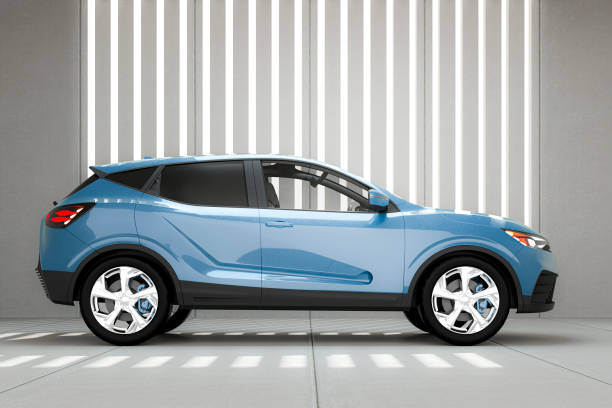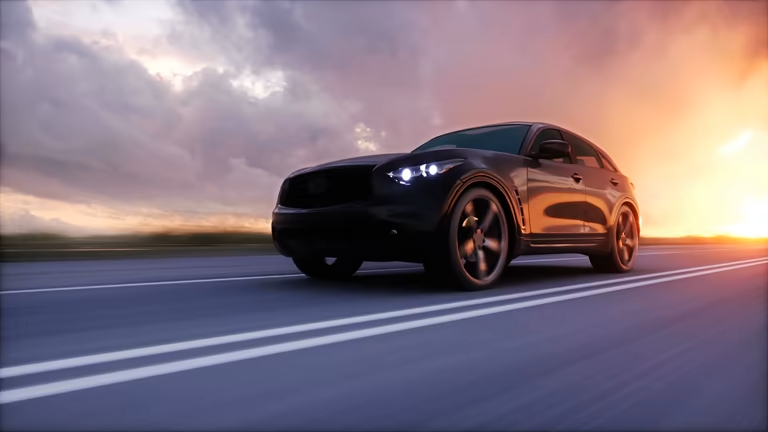The Evolution of Cars: From Horsepower to Hypercars
The automobile has undergone a remarkable transformation since its inception in the late 19th century. From steam-powered carriages to electric hypercars, the evolution of cars reflects advancements in technology, engineering, and consumer demands. Let’s take a journey through the key milestones that have shaped the automotive industry into what it is today.
1. The Birth of the Automobile (Late 1800s – Early 1900s)
The first self-propelled vehicles were steam-powered, but the invention of the internal combustion engine (ICE) revolutionized personal transportation.
-
1886: Karl Benz patented the Benz Patent-Motorwagen, widely regarded as the first true automobile.
-
1908: Henry Ford introduced the Model T, the first mass-produced car, making automobiles affordable for the average person.
These early cars were slow, rudimentary, and required manual cranking to start, but they laid the foundation for future innovations.
2. The Rise of Performance and Style (1920s – 1950s)
As technology improved, cars became faster, more reliable, and more stylish.
-
1930s: Luxury brands like Rolls-Royce and Cadillac emerged, offering premium vehicles with powerful engines.
-
1940s – 1950s: The post-war era saw the rise of American muscle cars and European sports cars, such as the Chevrolet Corvette (1953) and Mercedes-Benz 300SL (1954).
This period also introduced automatic transmissions, power steering, and improved safety features.
3. The Golden Age of Muscle Cars (1960s – 1970s)
The 1960s and 70s were defined by high-performance vehicles with massive V8 engines.
-
1964: Ford launched the Mustang, creating the “pony car” segment.
-
1967: The Chevrolet Camaro and Dodge Charger became icons of American muscle.
-
1970s: Stricter emissions regulations led to a decline in raw horsepower, pushing manufacturers to innovate in efficiency.
4. The Tech Revolution (1980s – 2000s)
Electronics began playing a crucial role in car performance and safety.
-
1980s: Fuel injection replaced carburetors, improving efficiency and power.
-
1990s: Japanese brands like Toyota and Honda dominated with reliable, fuel-efficient cars.
-
2000s: Hybrid technology emerged, with the Toyota Prius (1997) leading the charge toward eco-friendly driving.
5. The Era of Hypercars and Electrification (2010s – Present)
Today, cars are faster, smarter, and more sustainable than ever.
-
Hypercars: Vehicles like the Bugatti Chiron (2016) and Koenigsegg Jesko (2019) push limits with 1,000+ horsepower and record-breaking speeds.
-
Electric Vehicles (EVs): Tesla’s Model S (2012) proved EVs could be high-performance, while brands like Porsche (Taycan) and Lucid (Air) compete in luxury and speed.
-
Autonomous Driving: Self-driving features from Tesla, Waymo, and others are transforming how we think about transportation.
The Future: Beyond 2030
The next decade will likely see:
-
Fully autonomous cars dominating roads.
-
Hydrogen-powered vehicles complementing EVs.
-
AI-integrated smart cars with advanced connectivity.






